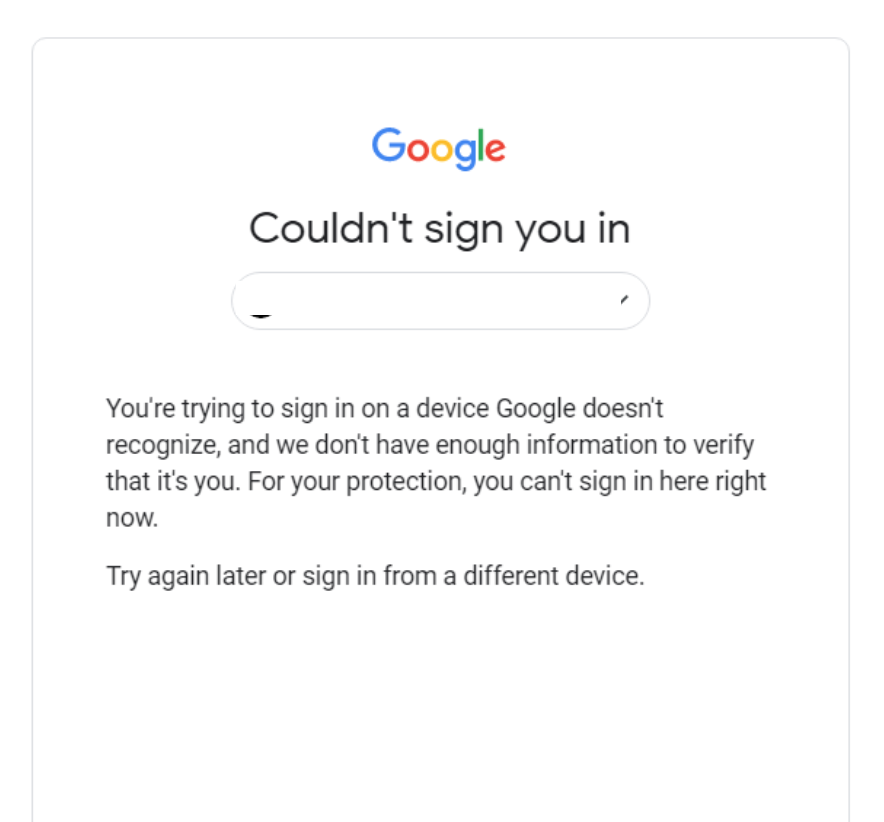Must-Have Security Features for E-Learning Apps

Unauthorized use, piracy, and data theft are the most worrying concerns when you build an e-learning app. Your exclusive content needs protection from piracy and copying. This article will discuss some of the must-have security features for e-learning apps. Must read if you’re planning to develop an e-learning app.
1. Restrict Concurrent Logins
This is a common feature in all Video-on-demand applications. Using this security mechanism, you can restrict the number of devices accessing the same login account. This will prevent the users from sharing their login credentials with other users who have not paid for the service. Thus you can protect your e-learning content from illegal usage by others. So, restricting or limiting concurrent devices is one of the best essential security features for e-learning apps.
2. Track Login IPs and Location of Users
As mentioned earlier, concurrent login restrictions could be fooled if the users try to plan their app usage timing. One user can log out, and then another user can access the app using the same credentials. Because there are no other active sessions.
One way to monitor this is by tracking the login IPs and the location of login attempts. For each login attempt, you can keep track of the IP and location of the login request attempt. The IP might change even if the user is using the same device (because not every user has a static IP). But monitoring the geo-location can detect unauthorized logins.
Along with IP and location, the user’s browser user agent, device platform, etc can be combined to find out if the login details are being shared with other users. You might have seen Google doing this when you try to login from a different location.

3. Digital Rights Management (DRM)
Digital Rights Management (DRM) is a method of securing digital content such as video to protect it from unauthorized usage and piracy. It is now an essential need for many video streaming platforms delivering premium video content.
With DRM encryption, every video on your e-learning platform is encrypted. And only those users who’re licensed to view the video can access it. Even if they download the video directly from the web using any video downloading tools, they won’t be able to view the video. Because it is encrypted.
The magic happens within the video player on your app, or website. When a user tries to view the video through the specific video player, it sends a request to the licensing server which will grant or deny the license required to play the video. The license sent back to the video player will decrypt the video and thus enable playback. The license key is stored securely within a protected environment so that hackers cannot access it.
With DRM encryption it is possible to restrict premium video content, HD/4K resolution playback (for example, you can allow users on a specific subscription tier to view 4K or HD playback).
DRM is a must-have security feature for your e-learning app in 2022.
4. Dynamic Watermarking
Dynamic watermarking or forensic watermarking is a feature that allows content creators or distributors to embed a unique code on the video. This helps to uniquely identify the viewer. This prevents the user from copying the video or recording the video using screen recording tools or any other external cameras.
The dynamic watermark can appear in any form such as the user’s email id, username, IP, or a unique code. If the video is stolen or distributed illegally on any other platform, it is easier to trace the origin by looking at the dynamic code on the stolen video. And thus take legal action against the user.
5. Secure Video Hosting
Storing your video files securely is another important security mechanism to protect your exclusive content from hackers. Logidots recommend using Amazon Web Services (AWS) stack to store, transcode, and distribute your video content securely. At Logidots, all the e-learning apps we develop are securely stored in AWS S3, and uses AWS Elemental Media stack to transcode, apply DRM rights and distribute securely through Cloudfront CDN.
Conclusion
Piracy and unauthorized usage are becoming a threat to content creators. Implementing the right security features for e-learning apps can have a huge impact on your product’s success and profits. The security mechanisms mentioned in this article will be helpful when you develop your next e-learning app. Also, it is better to upgrade your existing e-learning platform with the latest security standards.
If you’d like to get a free audit on your e-learning app, reach out to us here.




